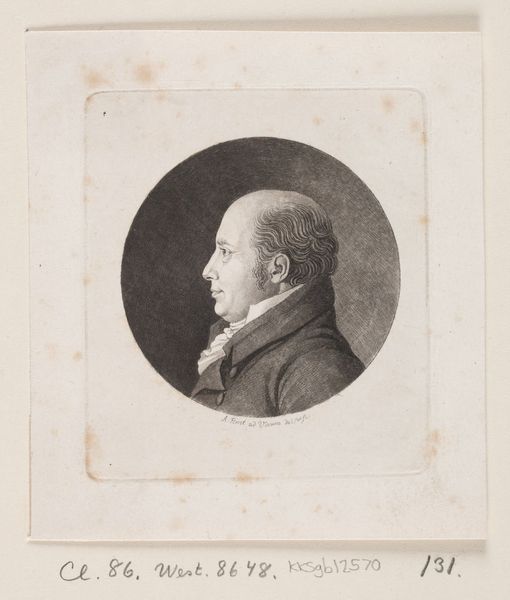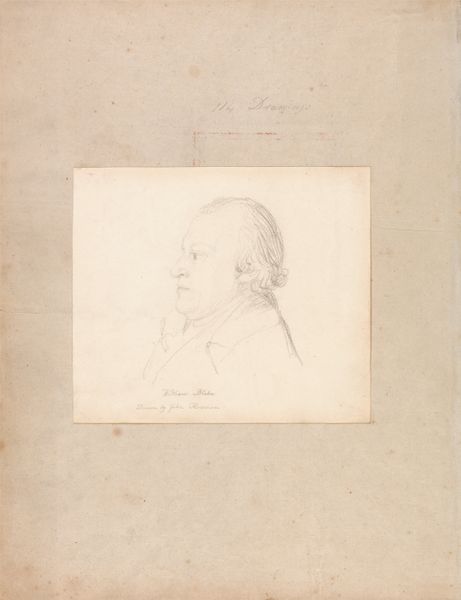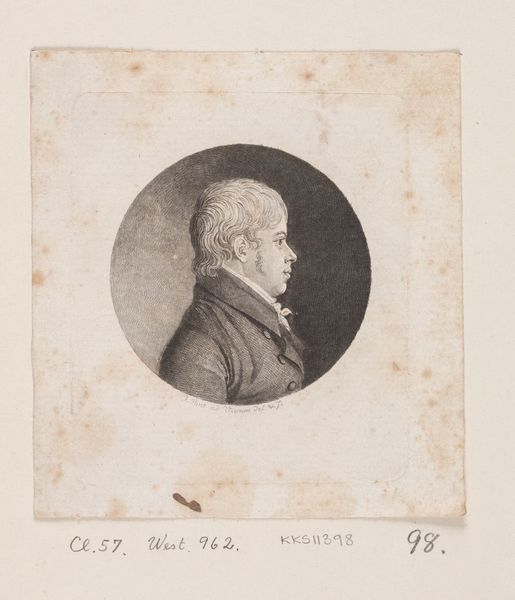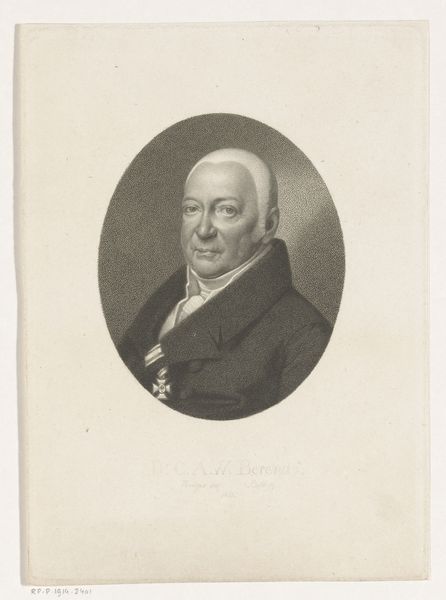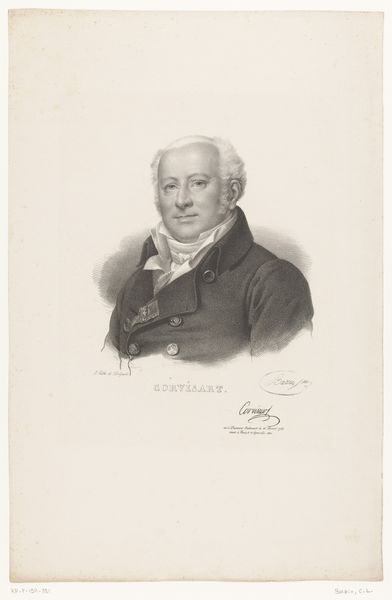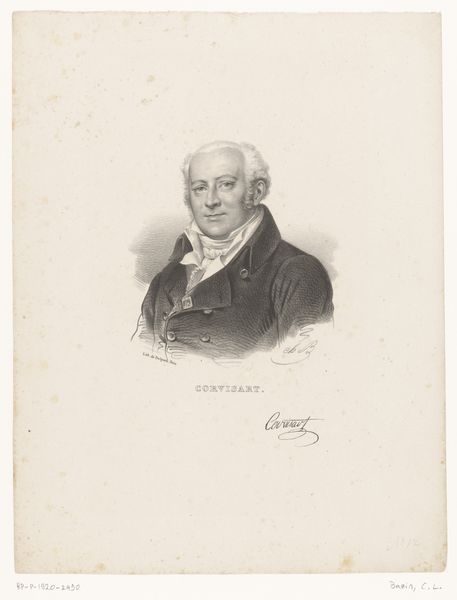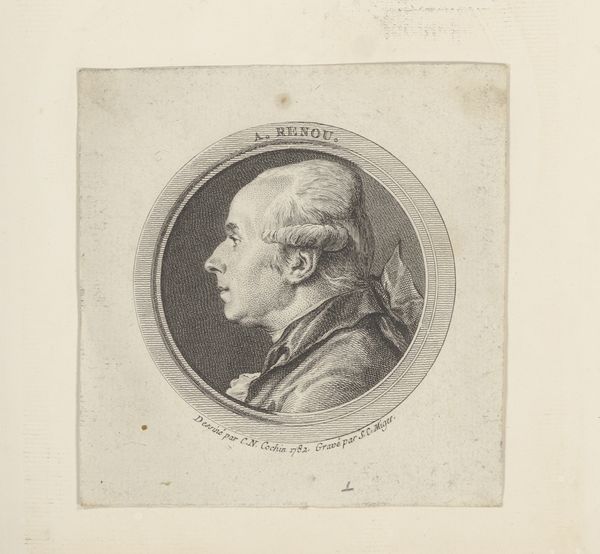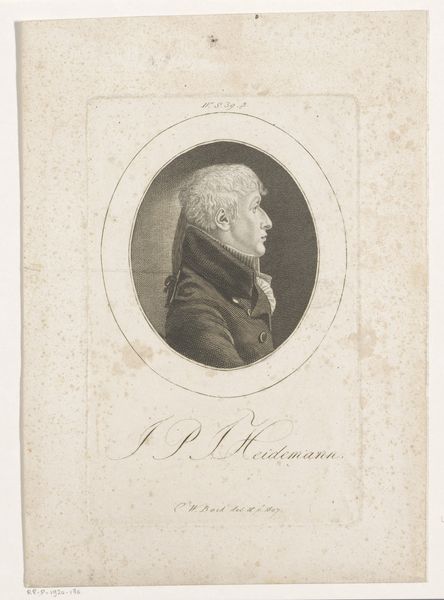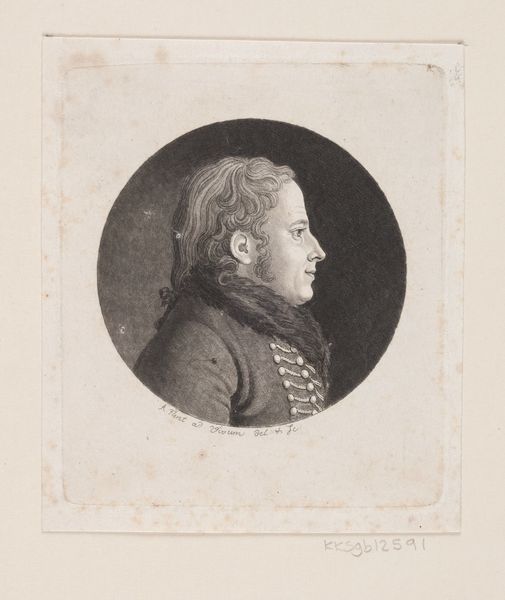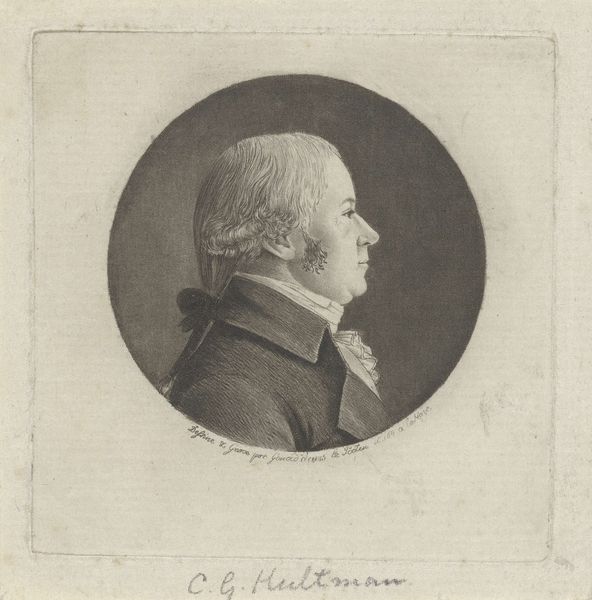
drawing, print, engraving
#
portrait
#
drawing
#
neoclacissism
# print
#
men
#
engraving
Dimensions: Sheet: 10 3/8 × 7 3/16 in. (26.3 × 18.2 cm)
Copyright: Public Domain
Editor: This is Dominique Vivant Denon’s “Portrait of M. de Sommarives,” made sometime between 1800 and 1825. It's an engraving, so a print. The precision is amazing. How would you interpret this from an art history perspective? Curator: Let's consider the labour involved in this print. The Neoclassical style, demanding this level of meticulous detail, speaks to a very specific method. We're not just seeing an image of a man; we’re seeing the physical manifestation of hours of labor by a skilled artisan. Who was able to afford these things and have the resources for it? Editor: So, the materials and process tell a story about production and consumption at the time? Curator: Exactly. Engravings like this served a purpose beyond aesthetics. Consider how this image might have circulated. It’s reproducible. Who had access to this image, and what kind of social network supported its creation and distribution? Was it only affordable by wealthy citizens, or was this part of a burgeoning middle class art market? Editor: I see, it’s not just about the subject, but about how this image was manufactured and consumed in society. Curator: Precisely! By understanding the means of production – the laborious engraving process, the availability of materials like paper and ink – we gain insights into the economic and social context surrounding its creation. What was the status of printmaking? Is it "high art" at the time? Editor: That shifts the focus. So instead of just seeing a portrait of a man from the 1800s, we can appreciate it as a window into the labor, materials, and economic systems of that time. Curator: Absolutely, thinking about how these elements intersected and shaped the art is, in my opinion, essential for any interpretation of a work like this.
Comments
No comments
Be the first to comment and join the conversation on the ultimate creative platform.
